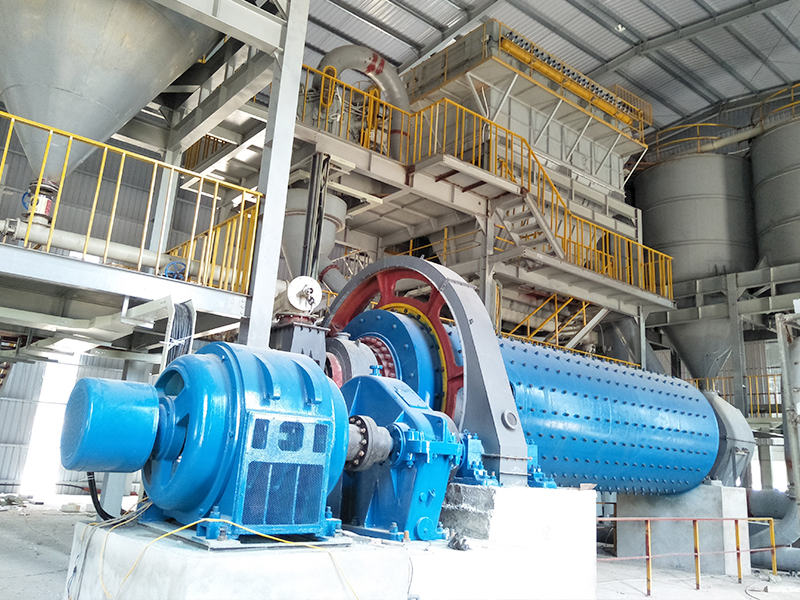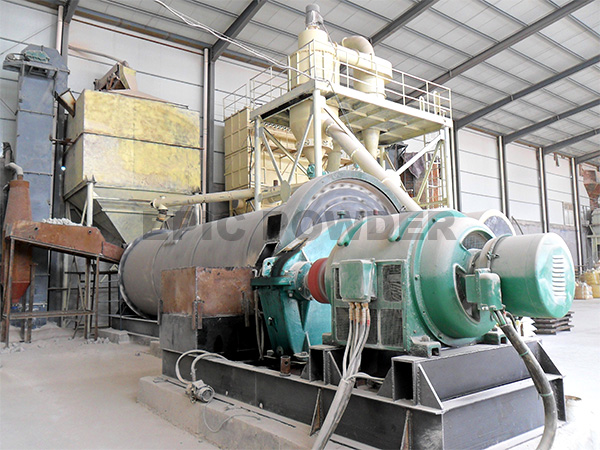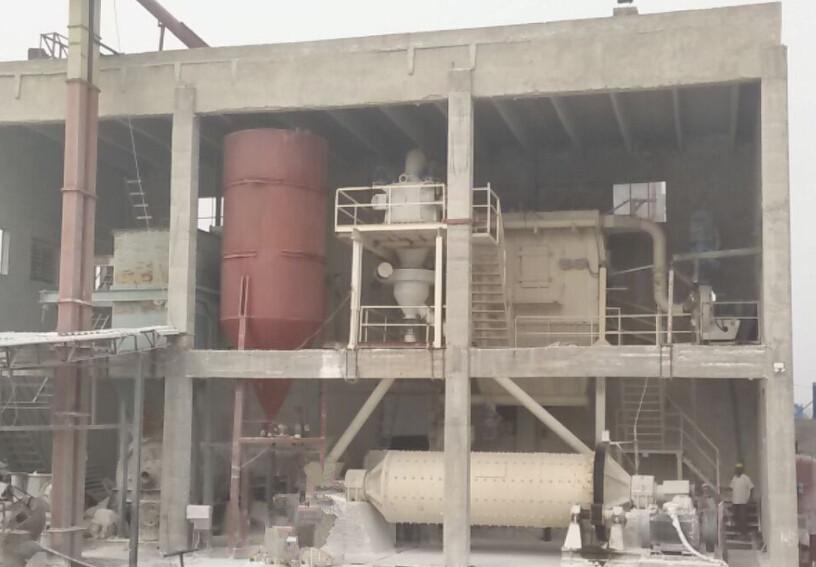NO. 369, Road S209, Huanxiu, Qingdao City, China
Powder in life,EPIC Powder
![[Powder in life] Talc is everywhere](/d/file/20211025/5f44fce6a8b308b29756fe16564c2363.jpg)
[Powder in life] Talc is everywhere
Talc gets its name because of its soft texture and strong creaminess. It is a water-containing magnesia silicate mineral with a layered structure, mainly containing magnesium silicate, alumina, nickel oxide and so on. Magnesium silicate has the effect of absorption and absorption. Oral administration can protect the inflamed gastrointestinal mucosa and exert antiemetic and antidiarrheal effects. It can also prevent the absorption of poisons in the gastrointestinal tract.
Talc has excellent physical and chemical properties such as lubricity, anti-adhesion, flow aid, fire resistance, acid resistance, insulation, high melting point, chemical inactivity, good hiding power, softness, good gloss, strong adsorption, etc., and is widely used in coatings, paints, plastics, papermaking, ceramics, cosmetics, medicines, food, daily necessities and other industries.
The talcum powder of the flake structure is an effective reinforcing material in plastics. It can give the plastics higher rigidity and creep resistance and better solid gloss regardless of normal temperature and high temperature.
The addition of talc can change various properties of plastics, such as molding shrinkage, surface hardness, flexural modulus, tensile strength, impact strength, thermal deformation temperature, molding process and product dimensional stability. Adding talc powder to polyethylene and polypropylene plastics can effectively improve the surface hardness and surface scratch resistance of products.
Talc powder has good suspending property, easy to disperse, and low cohesiveness. In coatings, talc powder can act as a filler as a skeleton, reducing manufacturing costs while increasing the hardness of the paint film, increasing the stability of the product shape, and has whiteness High, uniform particle size and strong dispersion.
The talc powder with flaky particle structure can make the coating film have high water resistance and impermeability of enamel. The talc powder with fibrous particle structure can improve the rheology and leveling properties of the coating, and at the same time, it can improve weather resistance of the coating.
Talc is mainly used in primers and intermediate coatings. In many products, flash baking primers and paints for transportation vehicles are preferred to use talc. The primer for steel structure can use talc powder in whole or in part to improve the precipitation of the coating, the mechanical force of the coating film and the repeatability.
Talc has unique properties such as layered structure, softness, and hydrophobicity. It has obvious advantages in the papermaking industry and can be applied to products of various high and low-grade papermaking industries. Talcum powder for papermaking has the characteristics of high whiteness, stable particle size, and low abrasion. The paper made by adding paper talcum powder can achieve smoothness and fineness of the paper, increase the service life of the paper, and have a hydrophobic surface and strong printability.
Talcum powder is often used as a lubricating auxiliary material to be added to cosmetics such as talcum powder and beauty powder because of its fine touch and low price. It is a high-quality filler in the cosmetics industry.
Talc contains a lot of silicon. It has the effect of blocking infrared rays, so it enhances the sunproof and anti-infrared properties of cosmetics.
Talc can be used as an additive in the medicine and food industries, as a common auxiliary material for pharmaceutical preparations, and widely used in the coating of sugar-coated tablets and dusting powder for external use. It has the characteristics of non-toxic, odorless, high whiteness, good solubility, strong gloss, soft taste, and strong smoothness. The PH value is 7-9, and it will not degrade the original product.
Talcum powder itself is harmless. In the production process, its purity mainly depends on the quality of the mineral source. Talc powder ore often contains variable amounts of asbestos-associated ore. Asbestos is considered a strong carcinogen, so talc powder is used in cosmetics, medicine, etc. When applied in the industry, the detection and control of asbestos components are extremely important.
Talc powder can be used to make high-frequency porcelain, radio porcelain, various industrial ceramics, architectural ceramics, daily-use ceramics and ceramic glazes. It has the characteristics of no discoloration at high temperature, increased whiteness after calculation, uniform density, good gloss and smooth surface.
Talc porcelain is made of mineral talc (3MgO.4SiO2. H2O) as the main raw material, adding appropriate amounts of clay and BaTi03 and other ingredients through mixing, grinding, molding and high-temperature sintering. The main crystal phase of talc porcelain is proto-enstatite, that is, magnesium metasilicate (the chemical formula is MgSio3), which is a kind of high-frequency structural ceramics with excellent electrical properties and low price. It is often used as insulating parts in high-frequency equipment.
The rapid development of science and technology has prompted the continuous emergence of various new materials, and the emergence of new materials is also boosting the development of science and technology. “Powder can be used as material, no fineness is not formed”, powder processing technology plays a vital role in the development and application of materials. ALPA powder technology aims at ultra-fineness, ultra-purification, specific functions, safety and environmental protection, and provides front-end full-process services for the new material industry. Using steam mill technology, ultra-fine and low-cost production can be achieved. Taking talc as an example, the product has a particle size of 1μm and a sheet thickness of 300nm. Suitable minerals include talc, graphite, mica, wollastonite, kaolin, etc.




Leave a Comment